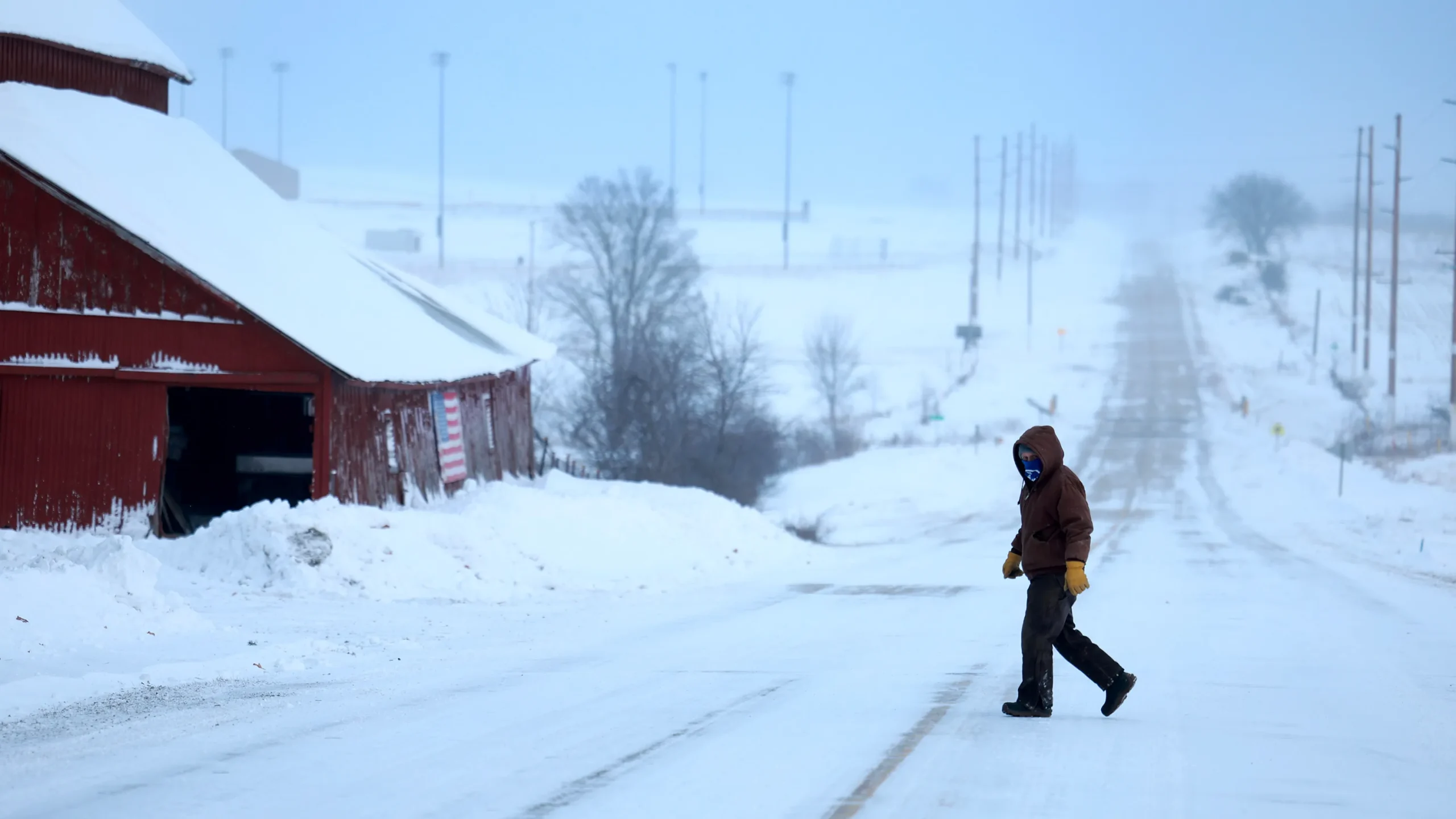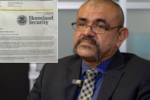Kansas is in for a big chill this weekend, as Arctic air sweeps into the state, bringing freezing temperatures and snowfall in some areas. Here’s what you need to know.
After a mild Friday with highs near 50°F in the Wichita area, temperatures will drop sharply as an Arctic weather system moves in during the night. Residents should prepare for a significant temperature plunge, with daytime highs barely reaching the mid-20s on Saturday and dropping to a chilly 13°F by Sunday. Overnight lows will plunge further, into the single digits.
Snowfall in Southwest Kansas
Snow is expected to impact southwest Kansas, though it will mostly be light. Forecasts from the KWCH Storm Team 12 predict around one to three inches of snow in this region. Northern, central, and eastern Kansas will likely escape snow accumulation, only seeing flurries at most.
Frostbite Risks and Safety Precautions
Temperatures from Sunday to Tuesday will be 30 to 40 degrees below the average for this time of year, raising concerns about frostbite for anyone spending extended periods outside. Here are key safety tips to protect yourself during the cold snap:
- Bundle up: Wear multiple layers, including gloves, hats, and scarves, to keep yourself warm.
- Use heating systems safely: Ensure space heaters are used on flat, non-flammable surfaces, and keep them away from children and pets. Never leave them unattended.
- Avoid carbon monoxide risks: If you use a generator or fireplace, ensure proper ventilation to prevent carbon monoxide poisoning.
- Check on others: Take time to check in on elderly neighbors, young children, or those who may be vulnerable to extreme cold.
How Long Will the Cold Last?
Meteorologists warn that the freezing conditions could persist into early next week, with temperatures staying well below seasonal norms. By midweek, however, some areas may start to see a gradual rise in temperatures as the Arctic air begins to move out.
Residents are advised to stay updated with local weather reports and be cautious during travel, as icy roads and poor visibility could make driving hazardous in affected areas.
Disclaimer – Our team has carefully fact-checked this article to make sure it’s accurate and free from any misinformation. We’re dedicated to keeping our content honest and reliable for our readers.








